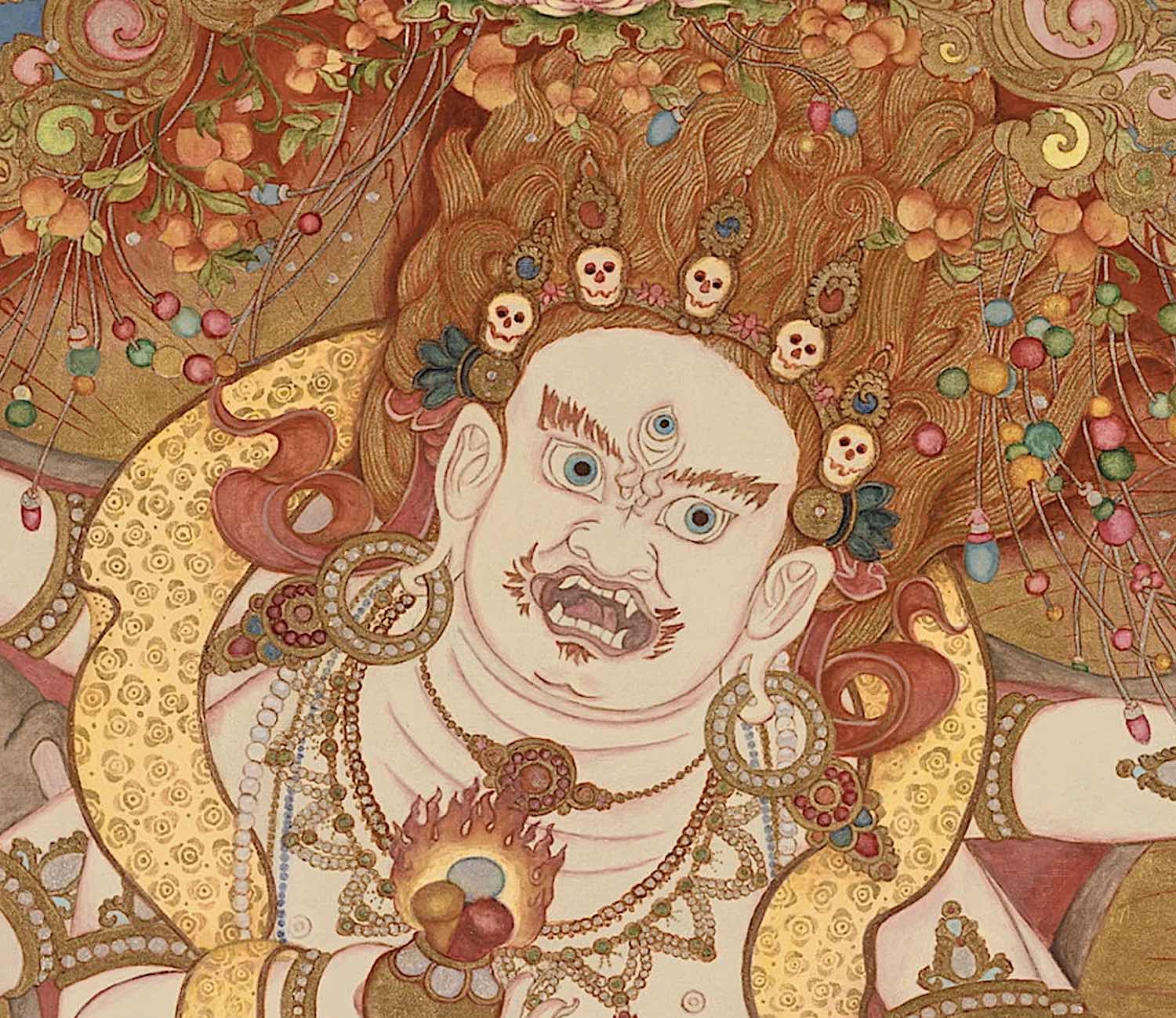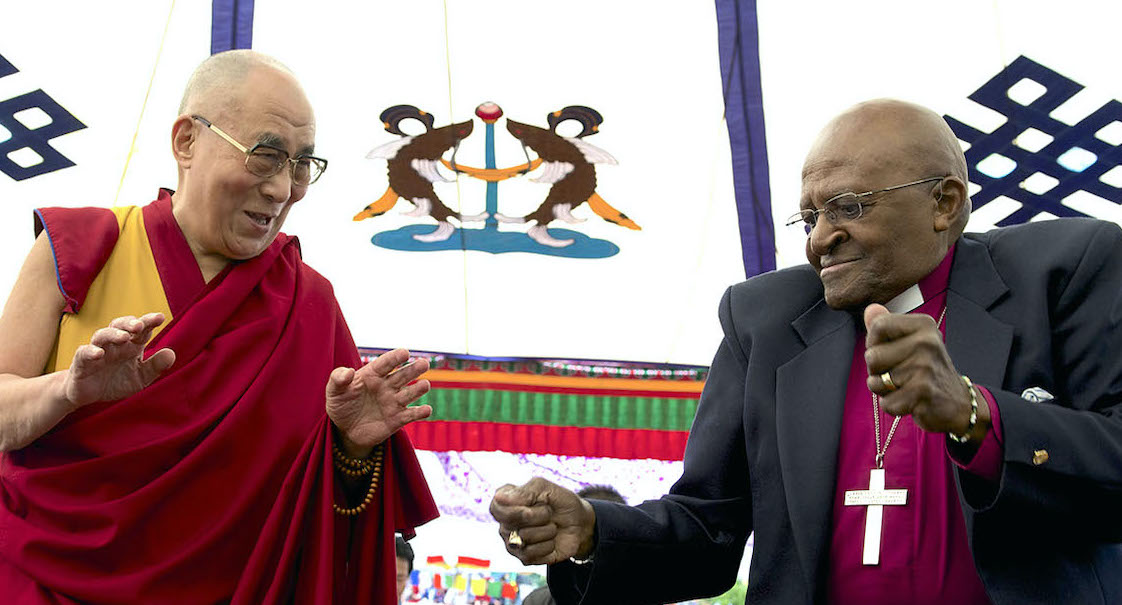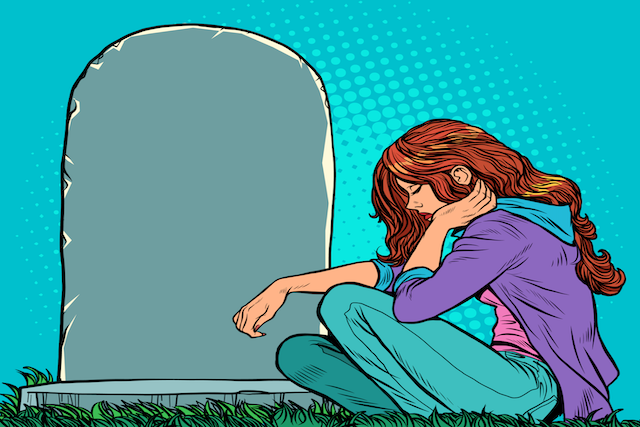At the Beginning You Hold the Structure, Then the Structure Holds You
How the Zen practices of form and structure hold the key to being with uncomfortable states of mind The post At the Beginning You Hold the Structure, Then the Structure Holds You appeared first on Tricycle: The Buddhist Review.
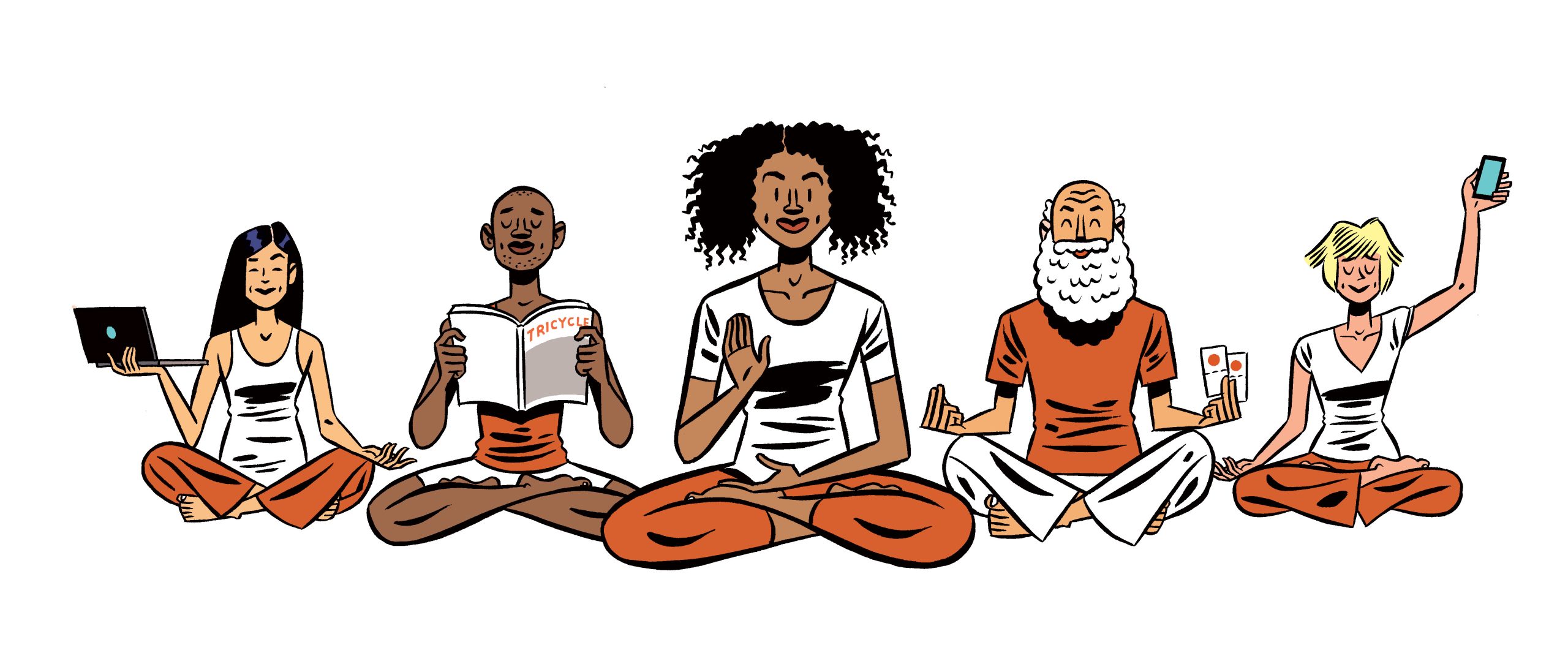
Personal Reflections Zen Buddhism
How the Zen practices of form and structure hold the key to being with uncomfortable states of mind
By Matthias Esho Birk Sep 20, 2023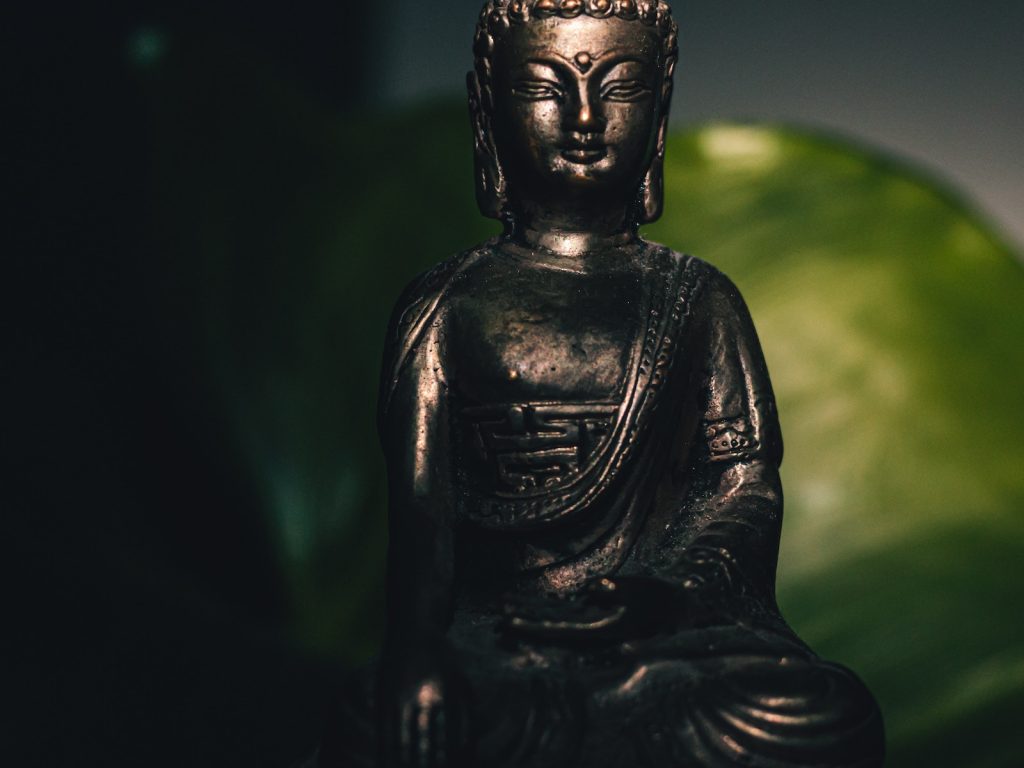 Image by Claudia Mañas
Image by Claudia MañasMany years ago, on one of my first weeklong Zen retreats, I was suddenly overcome by a deep sadness of an intensity I had never experienced before. It seemingly came out of nowhere and I felt it taking me deeper and deeper into a bottomless well of despair. I didn’t know where it came from—it simply showed up during the retreat and threatened to gradually take me over.
When you are on a Zen retreat, be it a weeklong or just an evening sit with a Zen group, you immediately begin to notice that everything is planned through to the nth degree. The moment you step into the meditation hall you basically hand over any need to make decisions. Upon entering, one might notice that there is a certain way to bow to the altar and a certain way to walk to the mat, a certain way to hold the body during zazen and then a predetermined time to sit, followed by a certain way to practice walking meditation and the chanting of predetermined texts. There is an exact length of time for the breaks and—if you are on a multi-day retreat—an exact time to get up and an exact amount of meditation rounds over the course of the day, none of which you are allowed to skip, along with exact times for breakfast, lunch, and dinner (during which you eat whatever is served). In short, no one cares how, when, and how long you would like to practice, you just go with the program.
This is hard, even in the best of conditions. But when you feel yourself in the vortex of a gradually increasing feeling of despair, the last thing you want to do is mindfully experience it with nothing to distract or uplift you. What you do want to do is run away or, even better, make it go away. That’s where I found myself at the retreat. All I was focused on was how to not feel all that sadness. And not just the sadness, but also the intense fear that had now shown up with it: worrying about the sadness, how far it would take me, and whether it would ever go away again. But the meditation retreat continued and so I needed to go back to the meditation hall. I managed to get an interview with the Zen teacher leading the retreat in one of the next rounds and when I talked with him about my despair, confiding in him that I wasn’t sure whether I would be able to continue with the tight regiment of the retreat, he said to me: “At the beginning you hold the structure. Then, gradually, the structure will start to hold you.”
I wasn’t quite sure I understood what he meant but I did continue with the retreat. And that afternoon—just as the intense sadness had come out of nowhere—it disappeared just the same. This was not because I did anything differently; I just continued sitting and the deep sadness moved through me like heavy rain clouds, eventually clearing the way for the sun again. This was one big insight for me from this experience: we tend to think we have to do all kinds of things to get rid of an unpleasant or even deeply disturbing feeling. But when we stick to the discipline of simply taking an observer role (mindfully being present to the feeling) instead of allowing the feeling to dictate our actions, we allow the feeling to move and eventually pass through us (this does not mean that pausing a retreat cannot also be the right or even necessary thing to do in certain cases).
In Western culture, we usually think of freedom as being able to do whatever we want. If I get to choose what I do, this means that I am free. But who is this “I”? This “I” has seemingly endless desires, constant impulses, never-ending wants, unlimited dislikes and aversions, out-of-the blue feelings of sadness, countless worries, and seemingly endless stories about how we are being wronged, shortchanged, or threatened. In short, this “I” is a prison. To paraphrase Schopenhauer, maybe we can do what we want but we cannot want what we want. And if equanimity or peace of mind is what we want, our “I” is definitely not the way to go. Because even if it thinks it might want equanimity, it does every conceivable thing to not have it. We could say our “I” is a suffering machine but that is not necessarily true. It is only true as long as we identify with it and give weight to it. When deep sadness appeared on the retreat, did that directly translate into suffering? Or was it simply an arising phenomena like all phenomena, and did my resisting it turn it into suffering?
When I was a teenager, I practiced aikido for a while. Commonly, when the opponent has you in a hold, they twist your arm and wrist until you indicate that you want to be released with a tap on the mat. During one of those aikido practice sessions, a more experienced aikido practitioner twisted my arm until I tapped the mat. But instead of stopping, he twisted further. I tapped harder. No response. “Stop!” I yelled. “Relax” was his response, “don’t resist.” Was he crazy? What is that supposed to mean, relax? It hurts. But he kept twisting. And then something unexpected happened. The pain transformed simply into sensation. I had stopped resisting. I had surrendered (or perhaps, it would be more accurate to say that the pain had surrendered me). And without the part of me that did not want to have the pain, the pain was simply phenomena arising. Now, I do not in any way endorse twisting someone’s arm when they say stop (in hindsight, this was a clear physical boundary violation), but for me, in that moment, it was an awakening. An awakening about the power of surrender or the releasing of this “I” that wants and doesn’t want. When we release it and its constant compulsion to resist the present moment as it arises, even direct physical pain can transform into something else.
However, this is much easier said than done. How do we surrender? Trying to surrender can become just another thing our “I” now wants and gets frustrated about when we can’t figure out how to do it, adding another layer of resistance to present moment reality. We feel sad but we don’t want to feel sad, we want to feel happy. Now we think if only we were able to surrender we wouldn’t feel that bad, so now we want this new thing: surrender. But we can’t seem to do it. Welcome to our “I” hell!
Wanting to surrender is an oxymoron. It does not work. We don’t surrender—we are surrendered. Our “I” cannot surrender. It would be like asking a fish to fly. It can only do what it knows to do: want and not want things. So in Zen practice, we don’t try to surrender but instead we create conditions that facilitate surrender. Conditions that make our “I”’s whims and wants less relevant. My “I” did not want to feel sadness when sadness arose. But because I was held by the structure of Zen practice, it did not matter. I didn’t follow my “I”’s wants to distract myself, read, watch TV, go for a run, call a friend, or eat ice cream. The structure of the retreat was in charge, not my “I.”
In some ways, one could argue that your “I” with its supposed free will is largely unemployed when you enter Zen practice. That is not entirely true: we do need to use our discernment to ensure that the structure and form is safe and respects our physical and emotional boundaries and limits. But when you trust the structure and form, you simply follow: bow in that direction, walk in this direction, bow again, sit down for this exact period of time, etc. It’s a shock to our “I” when we don’t pay much attention to it. And what happens in that process is that we start to realize how much larger we are than that “I.” In our day-to-day interactions, we tend to think we are our “I.” But we are not. Clearly not. After all, we are still alive and attentive and doing one thing, while our “I” constantly wants to do something else. In short, we disidentify with our “I” through the practice of structure and form.
At the beginning you hold the structure, then the structure holds you. The first “you” in that sentence is not the same as the second. We come to Zen practice with our notion of who we are, deeply attached to the notion that we are that “I” with all its desires and despair, its needs, its wants, and its aversions. That “I” is the one that resists the sadness and suffers. But it’s also the “I” that’s attempting to break out of that suffering, that summons the energy and persistence to go on a Zen retreat, and to hold the structure. And then the structure holds you. But what that “you” is, the one that is being held, that you need to find out on your own—by following the structure and the form.
![]()
Thank you for subscribing to Tricycle! As a nonprofit, we depend on readers like you to keep Buddhist teachings and practices widely available.
This article is only for Subscribers!
Subscribe now to read this article and get immediate access to everything else.
Already a subscriber? Log in.

 Kass
Kass 







